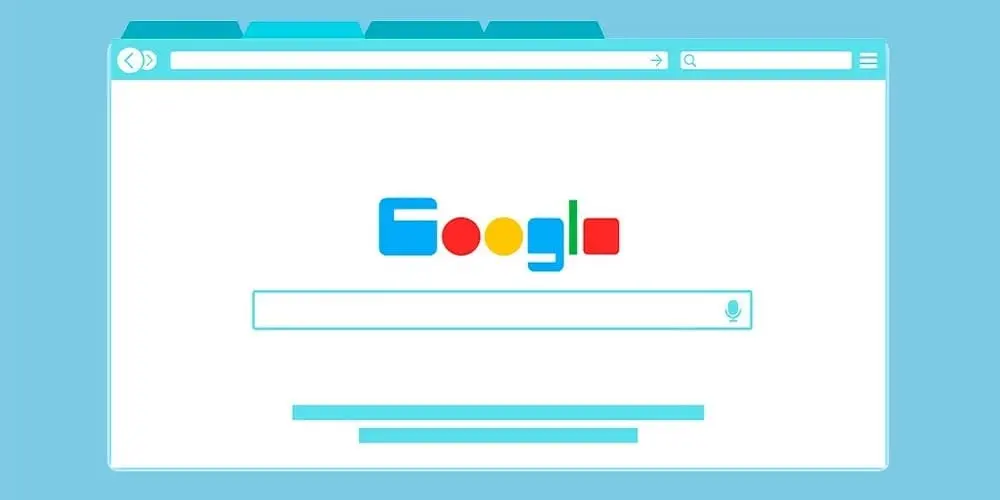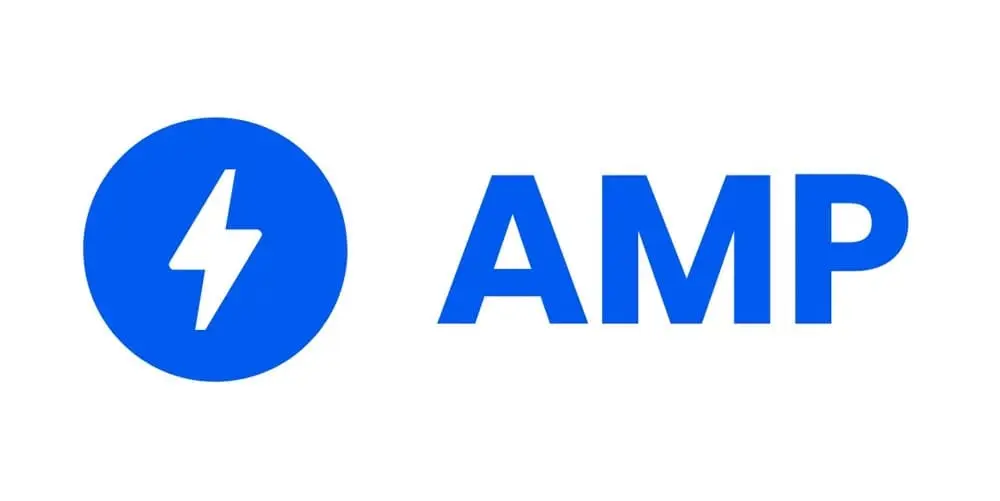What is an anchor link?

Content
The world of SEO is full of crucial elements, among which the anchor link stands out. Often overlooked, this component is essential for establishing effective communication between websites and search engines, with Google in the lead.
But what is an anchor link? An anchor link is clickable text that creates a connection with another relevant web page. It plays an essential role in the creation of internal links and helps to improve SEO.
Far from being a simple fragment of text, an anchor link is a real gateway to discovery. It represents a promise of added value by guiding the visitor to significant complementary content. A cornerstone of SEO, it has a direct impact on search engines’ perception of the link and the target page.
Its judicious use can therefore improve your site’s positioning in search results and optimize its visibility.
Understanding anchor links : Definition and operation
What is an anchor link?
The anchor link, or anchor text, is the clickable text of a hyperlink leading to another web page. It plays a crucial role in SEO, giving search engines like Google valuable clues about the target page. Let’s take an example: an anchor link entitled SEO Agency suggests that the link redirects to an agency’s dedicated SEO page.
In code terms, the anchor link is expressed as follows: <a href="destination_URL">anchor text</a>. This structure creates a hypertext link with destination_URL representing the address of the target page, and anchor text the text on which the user can click.
Anchors aren’t just navigation aids. They are strategic SEO assets, providing context for search engines and improving a page’s relevance to certain searches. An well-chosen anchor link can therefore considerably improve a page’s visibility in search results.
How does an anchor link work in the web context?
An anchor link acts as a bridge between two pieces of web content. When the user clicks on a link, the web browser accesses the URL and takes the user to the specified page. This process is at the heart of the Internet, which weaves an interconnected web of content.
Search engines analyze anchor text to understand the structure of a site and the links between its pages. This analysis directly influences a page’s positioning in the search results. It is therefore essential to choose the right anchor links to optimize internal and external referencing.
Note that Google and other search engines have refined their algorithms to detect anchor spam. So it’s essential to opt for varied, relevant anchors. In this way, you’ll avoid penalties while forging a sustainable and effective SEO strategy.
What are the different types of anchor links?
Exact or optimized anchor texts
Using exact anchor texts means choosing a keyword or phrase that accurately reflects the theme of the landing page. Clear and precise, these anchors reveal the subject of the targeted page. For example, for a page on SEO, a SEO anchor would be ideal.
This technique optimizes SEO by sending strong signals to search engines about the content of the linked page.
However, the abuse of exact anchors can be considered as manipulation, likely to result in sanctions from algorithms such as Google Penguin.
It is therefore essential to use them wisely and integrate them naturally, so that your SEO strategy remains effective and secure.
Partial or semi-optimized anchors
Partial anchors, on the other hand, repeat the main keyword while adding additional terms to improve context. For example, SEO tips instead of simply SEO.
Less direct than exact anchors, partial anchors appear more natural and can avoid the risk of over-optimization.
They help improve ranking for a wider variety of search queries by optimizing keyword variants.
By varying anchors, we improve the user experience while increasing relevance and minimizing the risk of penalties.
Generic and branded anchors
Generic anchors are often used as a call to action, while branded anchors are used to reinforce brand awareness.
It’s essential to strike a balance between these types of anchors and optimized anchors, so as not to weaken the effectiveness of the link profile.
A judicious mix promotes a diversified and solid SEO strategy.
URL anchors and image anchors
URL anchors have the advantage of being transparent, sharing the web address directly as clickable text. Image anchors, on the other hand, use an image as a link, with the alt attribute acting as the anchor text.
These types of anchors offer a seamless experience for the user, especially when it’s not necessary or possible to use traditional anchor text.
For image anchors, it’s essential to ensure that a descriptive, SEO-optimized alt attribute is used, as it helps search engines to better understand and index visual content.
Anchors and internal linking
How do link anchors influence SEO?
Anchor links play an essential role in SEO. They help search engines to better understand the content of a website. A well-chosen anchor can significantly improve a page’s ranking by clearly indicating to search engines the quality and relevance of the content it links to.
Thus, by using precise anchors, a semantic connection is created between pages, which improves the site’s structure and facilitates its indexing. Anchors also contribute to the efficient distribution of SEO authority throughout the site, optimizing the ranking of targeted pages.
They also send signals to visitors, giving them a taste of the content they’ll discover when they click through. A well-designed anchor can therefore increase the number of clicks, which is good for SEO and site reputation.
Best practices in the use of anchor links for SEO purposes
An effective strategy requires a variety of anchors, and the avoidance of over-optimization. It’s essential to opt for anchors that are natural and in line with the targeted content, which guarantees SEO success.
It’s also essential to maintain diversity in the anchors used, juggling between exact, partial, branded and generic anchors. This diversity creates a rich link profile that is appreciated by search engines and limits the risk of penalties.
Incorporating keywords into anchors can also improve rankings for these terms. However, moderation is required to avoid any suspicion of search engine manipulation.
Avoiding common mistakes and over-optimization penalties
Overuse of anchors with exact text is a common mistake that can lead search engines to impose penalties, altering a site’s visibility.
Irrelevant or misleading anchors should also be avoided. They can frustrate users and compromise trust in the site. Search engines do not hesitate to penalize such practices, which can have a negative impact on SEO.
A successful SEO strategy is based on compliance with search engine recommendations. The judicious and strategic use of anchors, focused on quality and relevance, is therefore crucial.
Frequently asked questions
An anchor link is a clickable text that connects one web page to another, which is essential for navigation and referencing on the Internet.
They help search engines understand the relevance and quality of linked content, thus influencing a site’s ranking in search results.
There are several types of anchors: exact text anchors, partial anchors, generic anchors and image anchors, each of which has a specific impact on SEO.
Use precise, varied anchors that faithfully reflect the content of the target page, to avoid over-optimization and improve SEO.
Avoid excessive use of exact anchors and irrelevant or misleading links, which can lead to search engine penalties.


